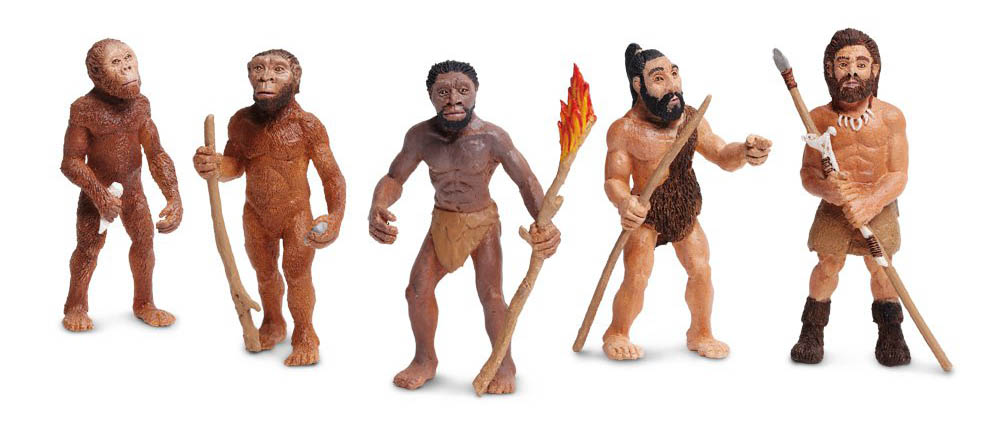
Chauvet Cave Named New World Heritage Site!
When three French spelunking explorers discovered Chauvet Cave in Ardeche Valley in Southern France in December of 1994; they had stumbled upon preserved cave paintings with an impressive knowledge of art techniques. These cave masterpieces were created by man between 30,000-35,000 years ago using rudimentary materials made out of dirt, charcoal, clay, animal bones and fat twigs, iron oxide lumps, horse hair, feathers, and other natural matter.
The United Nations Educational, Scientific and Cultural Organizations (UNESCO) officially placed Chauvet Cave on the World Heritage List on June 22, 2014. This list identifies areas that are sources of natural and cultural roots of humanity, and encourages the protection, preservation, and identification of the indicated site. An international treaty known as the “Convention Concerning the Protection of the World Cultural and Natural Heritage” stipulates the measurements that the participating countries should take to protect the site.
When the cave was found, the entrance was blocked by a landslide thousands of years ago that has maintained the internal environment of the cave. As a result, much of the cave inside is maintained inside as it was back then. Cave bear bones and skulls can be found inside the cave, an extinct species that was even bigger than the grizzly bear which is about 7 feet long and weighs easily over half a ton. The skulls are covered in clay and calcite crystals. Calcite is a common mineral found in caves so formations such as stalagmites and stalactites are made of the mineral. They dissolve in acidic ground water and create crystal formations in caves.
Evolution of Man from Safari Ltd. ©
The walls of Chauvet Cave are decorated in panels, with areas of black drawings and red illustrations. Hundreds of paintings were found of animals both foreign and common to humans today, though more than half of these depicted animals that were not historically hunted by humans. This includes mammoths, lions, bears, rhinos, owls and other predators. Common animals such as horses, cattle, and deer could also be seen on the walls. Human hands and a small woman figure beside a man with a bison-shaped upper body could also be seen depicting the members of our Cro-Magnon ancestry. All of these were perfectly preserved throughout time, sealed away from the elements.
One of the men who found the cave was Jean-Marie Chauvet along with two of his friends Christian Hillaire, and Eliette Brunel while spelunking on a remote limestone cliff known as Cirque d’Edstre Gorge. The explorers were experts on caves and spelunking, going out every weekend to search for treasure in the depths. Chauvet, whom the cave is named after, was not a scientist but loved the thrill of adventure.
"It's always the unknown that leads us," Chauvet explained. "When you're walking along in a cave, you don't know what you're going to find. Will it end around the next corner, or will you discover something fantastic?"
After Chauvet’s discovery, Jean Clottes headed the research team that probed the extent of the cave and the cave was sealed off soon after from human interference. The purpose of this was to prevent the same situation that occurred at another famous cave painting site known as Lascaux. Lascaux contains paintings that are not nearly as old as the ones found in Chauvet, but was discovered first in 1940 by four teenagers. Over time, human interaction with the site caused mold, moss, and other troublesome lifeforms to begin growing the in the cave. This can potentially cause damage to the sensitive paintings contained inside.
To address this concern, the door to the entrance of the cave is sealed by a half-ton door and only three people know the code to enter the narrow tunnel. The cave entrance is watched by two security cameras to keep an eye out for intruders. Very few people are allowed to enter; only one person enters the cave every month to take measurements of the internal environment to ensure the paintings are optimally protected. Those who do enter the cave have to wear white protective clothing and shoes, and must stick to a narrow walkway to enter the shadowy domain. While it may appear to be extreme measures to protect the cave, it is a one of a kind site and the oldest known to man. With this added protection from the World Heritage List, the world knows that the Chauvet Cave is a site that needs to be prevented from destruction as it gives us insight to the heritage and origins of the human race.

 Facebook
Facebook
 Twitter
Twitter
 Instagram
Instagram
